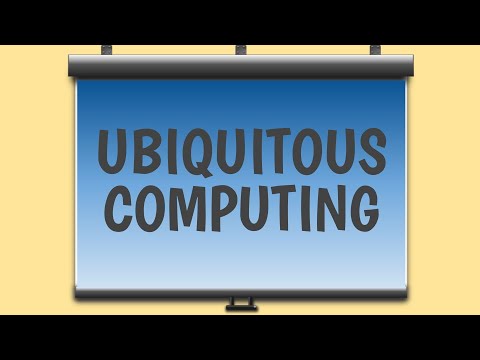By the end of the video, learners will be able to
1. Describe ubiquitous computing;
2. Discuss the beginning of ubiquitous computing;
3. Explain the goal of ubiquitous computing;
4. Identify examples of ubiquitous computing;
5. Differentiate virtual reality and ubiquitous computing;
6. List down challenges, advantages, and uses of ubiquitous computing;
7. Outline the key elements of ubiquitous computing; and
8. Create an example of ubiquitous computing and label its ubiquitous sensing, access, middleware, and networking.
Thanks to Bitmoji’s Chrome extension for the avatar.
Please don’t hesitate to ask your questions or write your feedback in the Comments section below. Please support by liking and subscribing to the 5-Minute Lessons by Victor channel. Click the Bell button to be notified when new videos are uploaded. Thank you!
#InformationTechnology #UbiquitousComputing #VirtualReality



Comments